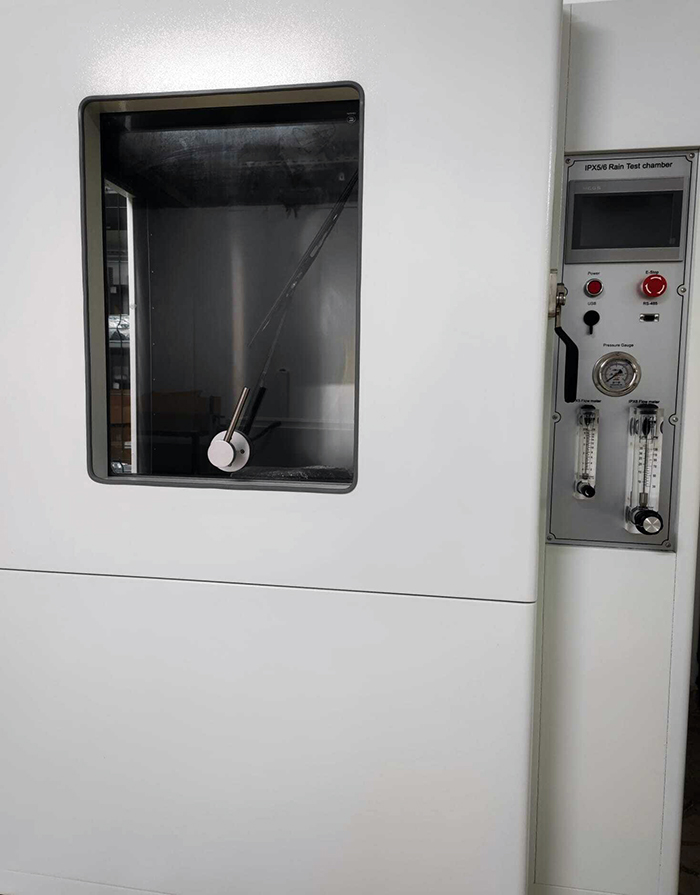
The leak test, which is a non-destructive testing method, tests whether the fluids pass from the outside of the part to the inside or from the inside of the part. Leakage in sealed parts is usually caused by defects in the part. These defects may be caused by holes or cracks that emerged during the manufacturing process, or they may be a defect in the material used. Although pressure vessels are probably the first example that comes to mind when considering products with a leak-proof feature, dozens of products, from medical products such as catheters to the refrigerator in your home, must pass the leak tests.
Leaks in a beverage can impact user experience, but in appliances like stoves, they can be life-threatening. Products affecting health or operation undergo sensitive leak testing, yet achieving a “0” contraband product is impractical. Minimal leaks within tolerance are acceptable, ensuring safety without unnecessary financial burdens. In engineering, realistic tolerances align with industry standards, rejecting impossible perfection for both producers and consumers.
In leak testing, it is tested whether the products work within a certain leakage. There are several methods of performing leak tests. These methods range from monitoring the pressurized product underwater to see if it bubbles (a highly subjective and unsafe method), to the pressure decay method, to helium tests.